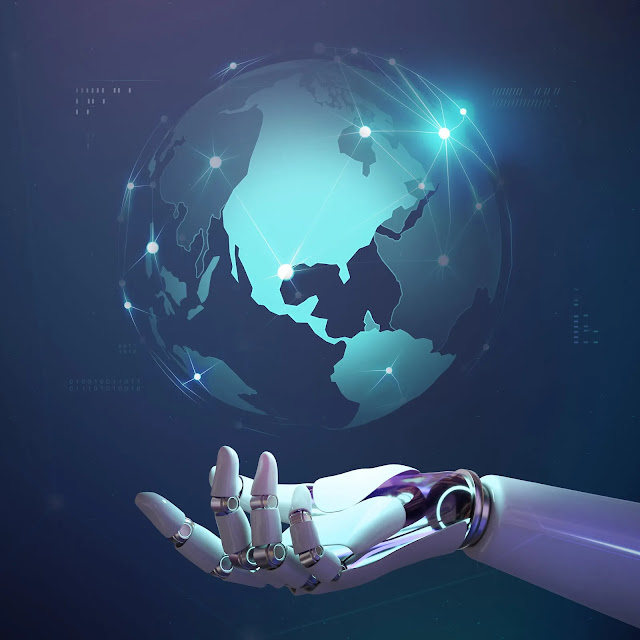Robotics is a field that continues to transform the way we live and work. With its roots in ancient mythology and its evolution through the 20th century, robotics has become a critical part of modern society. Whether it's in the form of industrial robots on a factory floor or service robots in our homes, robotics is an incredibly versatile field that is constantly pushing the boundaries of what is possible.
In this article, we'll dive into the science of robotics, exploring its definition, history, types, applications, and future prospects. From the role of artificial intelligence to the importance of mechanical engineering, we'll cover all the key aspects of robotics and provide a comprehensive overview of this fascinating field.
So, whether you're an engineer, a scientist, or just someone who is curious about the future of technology, let's explore the world of robotics together.
Definition of Robotics:
Robotics is a branch of engineering that involves the design, construction, operation, and use of robots. It encompasses a wide range of technologies and disciplines, including artificial intelligence, computer science, electrical engineering, and mechanical engineering.- The goal of robotics is to create machines that can perform tasks automatically, either through pre-programmed instructions or through artificial intelligence algorithms that allow them to learn and adapt to new environments.
History of Robotics:
The history of robotics can be traced back to the ancient Greek myth of Pygmalion, in which the sculptor creates a statue that comes to life. Although the concept of robots has been present in human imagination for thousands of years, practical robots only began to develop in the 20th century.- The first industrial robots were developed in the 1960s and 1970s, and since then, the field has continued to evolve and expand. Today, robots can be found in a wide range of industries and play an increasingly important role in our daily lives.
Types of Robots:
Robots can be broadly classified into two categories: industrial robots and service robots. Industrial robots are used in manufacturing and other industrial processes, and they are designed to perform repetitive tasks with high precision and speed. Service robots, on the other hand, are designed to interact with human beings and perform tasks in service-oriented environments, such as homes, hospitals, and offices.Applications of Robotics:
The applications of robotics are virtually limitless and the field is constantly expanding. Some of the key areas where robotics is having a major impact include manufacturing, healthcare, service industries, education, and military and security. Whether it's on the production line or in the operating room, robots are changing the way we live and work.The Science of Robotics:
The science of robotics involves a wide range of disciplines and technologies, including artificial intelligence, computer science, electrical engineering, and mechanical engineering. Robotics relies heavily on artificial intelligence algorithms that allow robots to learn and make decisions in real-time.- The field also involves the use of advanced computer algorithms, electrical and electronic systems, and mechanical systems to control robots and manage their interactions with the environment.
The Future of Robotics:
The future of robotics is incredibly promising, with many experts predicting that robots will continue to play an increasingly important role in our lives in the coming years and decades. With the development of new technologies such as artificial intelligence and machine learning, the possibilities for robotics are endless. From healthcare to space exploration, robotics is a field that is full of potential and promise.FAQs about Robotics:
Q:What is Robotics?
A:Robotics is a branch of engineering that involves the design, construction, operation, and use of robots. It encompasses a wide range of technologies and disciplines, including artificial intelligence, computer science, electrical engineering, and mechanical engineering.
Q:What is the history of Robotics?
A:The history of robotics can be traced back to the ancient Greek myth of Pygmalion, in which a statue comes to life. The practical development of robots began in the 20th century with the creation of industrial robots in the 1960s and 1970s.
Q:What are the different types of robots?
A:Robots can be broadly classified into two categories: industrial robots and service robots. Industrial robots are used in manufacturing and other industrial processes, while service robots are designed to interact with human beings in service-oriented environments.
Q:What are the applications of Robotics?
A:The applications of robotics are virtually limitless and can be found in industries such as manufacturing, healthcare, service industries, education, military, and security.
Q:What disciplines does the science of Robotics involve?
A:The science of Robotics involves a wide range of disciplines and technologies, including artificial intelligence, computer science, electrical engineering, and mechanical engineering.

Comments
Post a Comment